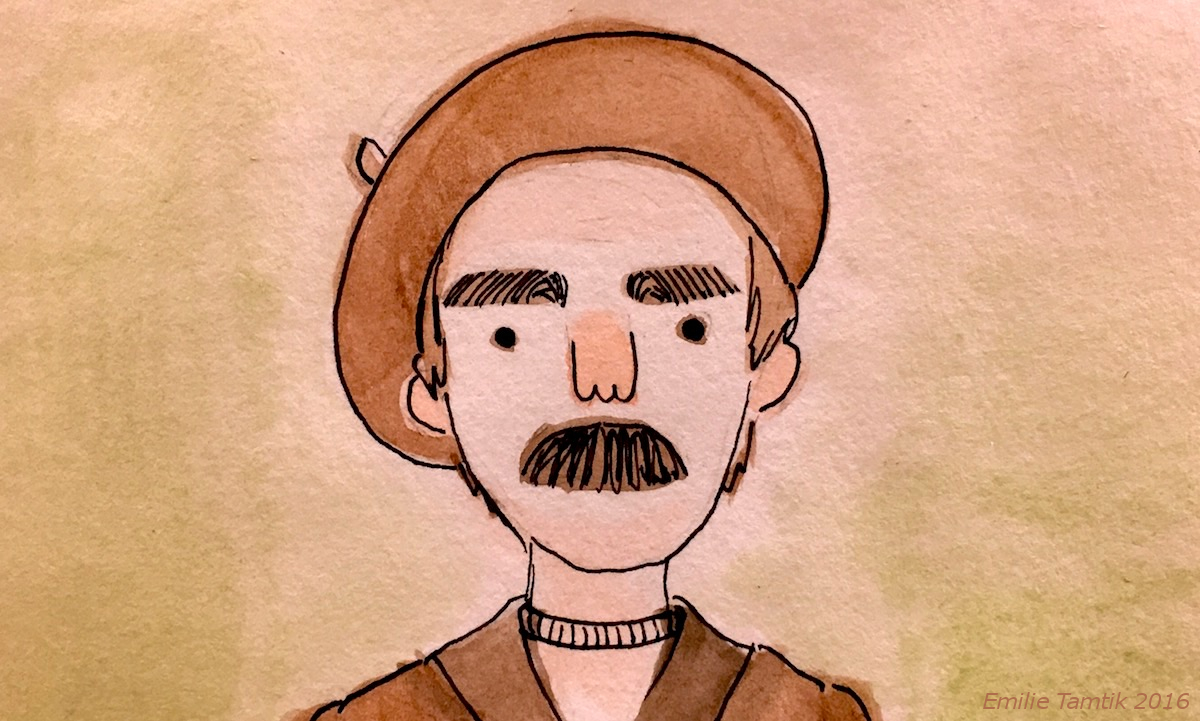And that’s if you don’t count pre-Carnaval in cities like Rio de Janeiro, which could start on weekends as early as December and January depending on the year. For a carioca (a resident of Rio) partying could be an occupation.
Either in-person or on TV, you can watch the ornate parade floats, musicians, and dancers leading the way at the Sambadrome (Sambódromo da Marquês de Sapucaí) downtown, essentially a road with bleachers on both sides. And blocos, street parties with live bands and all the rest of it, are where people hang out.
Central to the enjoyment of Carnaval, and other festivities for that matter, is samba, the Afro-Brazilian music that Brazil is famous for around the world. You’ll recognize it by its 2/4 time signature, the emphasis on the second beat made by the low-toned surdo drum, and the shuffling drum pattern in between that.
Täismahus artikkel on loetav Eesti Elu tellijatele
Igal nädalal toome me sinuni kõige olulisemad kogukonna uudised ja eksklusiivsed lood uutelt kolumnistidelt. Räägime eestlastele südamelähedastest teemadest, kogukonna tegijatest ja sündmustest. Loodame sinu toele, et meie kogukonna leht jätkuks pikkadeks aastateks.
Hind alates $2.30 nädalas.



